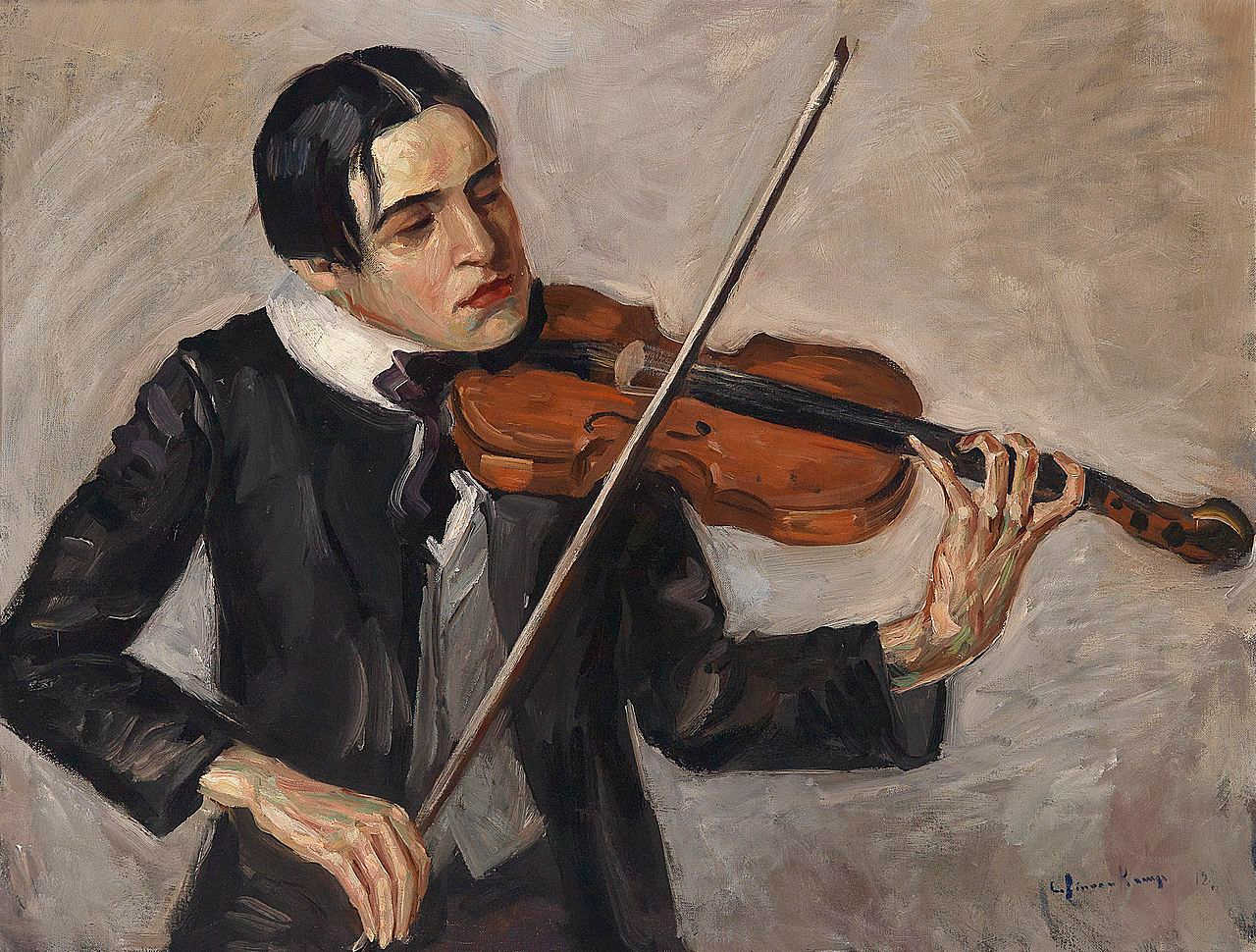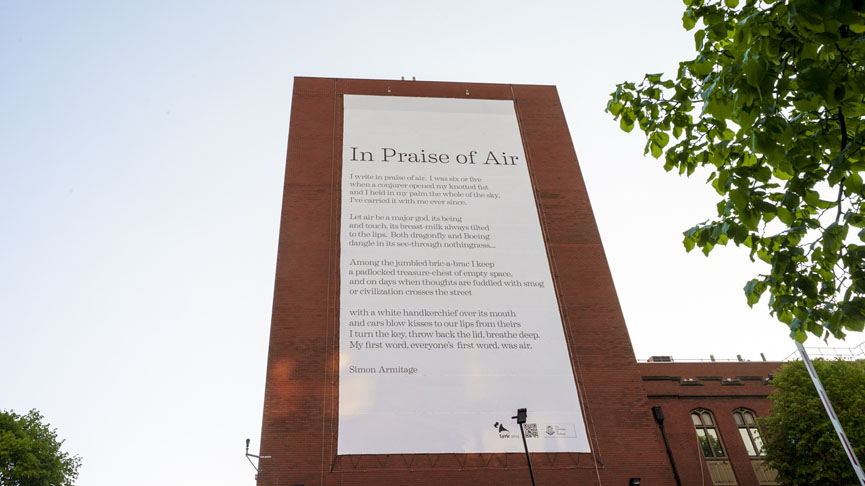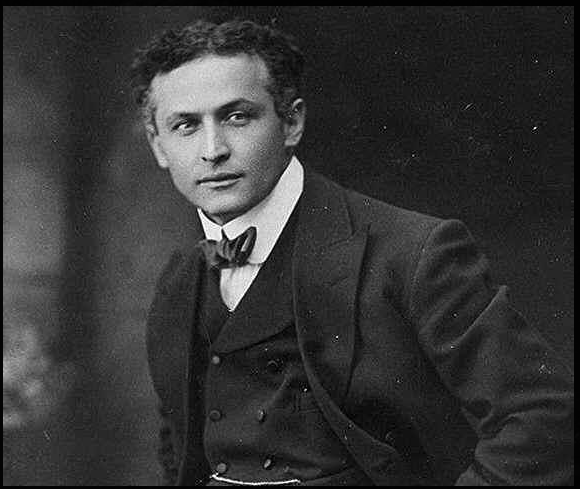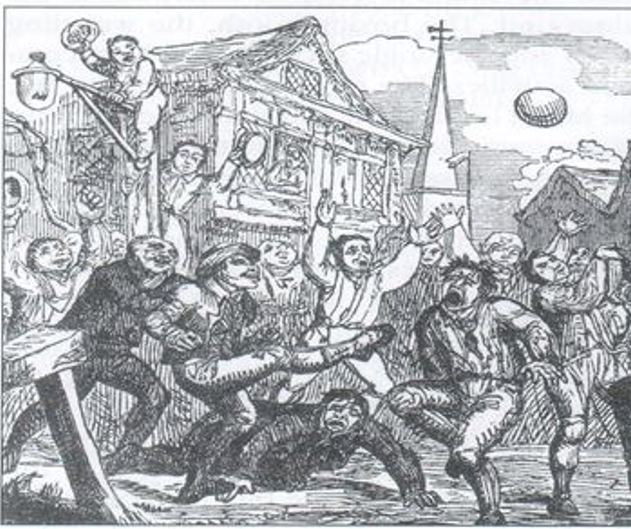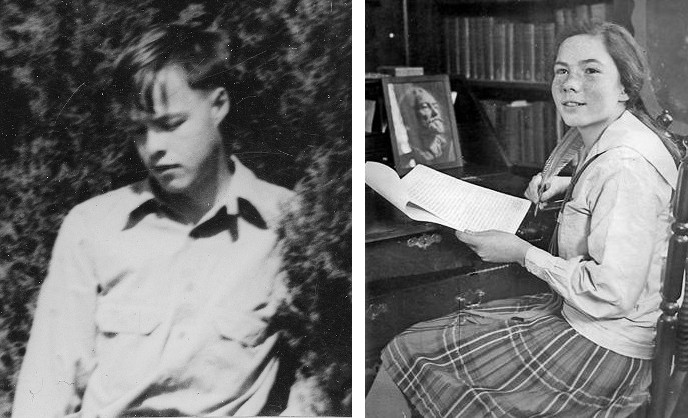
Because weather and daylight change continually, Claude Monet believed that any visual effect lasts for only seven minutes, much too brief to paint — he said he wanted to “render my impressions before the most fugitive effects.”
His solution was to work on multiple canvases at once, putting a new one on the easel every seven minutes or so to capture the effect he was after. Georges Clemenceau once found him in a poppy field juggling four different canvases: “He was going from one to the other, according to the position of the sun.” In 1885 Guy de Maupassant watched him stalking about Etretat; no longer a painter, “he was a hunter. He walked along, trailed by children carrying canvases, five or six canvases representing the same subject at various hours of the day and with varying effects. He would pick them up or drop them one by one according to how the sky changed.”
When Monet visited London in 1901 to capture the “unique atmosphere” of the city’s fog, John Singer Sargent found him surrounded by 90 canvases, “each one the record of a momentary effect of light over the Thames. When the effect was repeated and an opportunity occurred for finishing the picture, the effect had generally passed away before the particular canvas could be found.”
“I am chasing a dream,” Monet once said. “I want the impossible.”
(Ross King, Mad Enchantment, 2016.)


